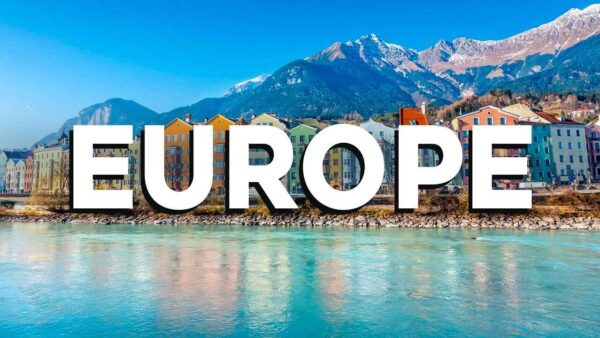Hawaii consistently draws in visitors year-round due to its captivating culture, unspoiled scenery, and enchanting beaches. When planning your trip to the Aloha State, considering personal preferences can guide you to the optimal time for your tropical getaway. Here’s a breakdown of Hawaii’s calendar to assist you:
- Peak Seasons: June to July and December
- Transitional Seasons: January to May and August to November
Whether you’re aiming to budget wisely, explore serene attractions, or catch sight of magnificent humpback whales, here are the prime times to experience Hawaii’s allure.
Most Popular Times to Visit Hawaii
With an annual influx of visitors nearing 10 million, Hawaii remains a beloved destination all year round. However, certain periods witness higher levels of activity. According to the Hawaiian Tourism Authority, the busiest months for tourists typically revolve around June, July, and December, with July often claiming the top spot. According To The Business Journals, Year 2023 attracted over 960,000 visitors to the islands.

This trend corresponds to Hawaii’s popularity among families during school breaks. Both summer vacation and winter break draw numerous travelers, especially those from colder climates seeking to spend their holidays enjoying warm, sunny beaches and singing “Mele Kalikimaka.”
Spring also sees significant tourist traffic. American spring breakers, along with Japanese travelers celebrating Golden Week—a series of four holidays over seven days in late April and early May—contribute to the bustling atmosphere during this season.
Best Times to Visit Hawaii for Good Weather
Hawaii enjoys consistently warm weather throughout the year, with slightly cooler temperatures during the winter months (November to April) compared to the summer (May to October). According to the Hawaiian Tourism Authority, the average daily temperature at the beach in winter is around 78 degrees Fahrenheit, while in summer, it rises to about 85 degrees. Water temperatures remain pleasant, averaging around 74 degrees for most of the year but increasing to approximately 80 degrees during the summer.
Rainfall is lowest in Hawaii from April to October, although the winter months also don’t experience excessively heavy rainfall. Typically, rain is more frequent on the northeastern, or windward, sides of the Hawaiian islands, meaning visitors seeking sunny skies can opt for the leeward southwestern edges. Additionally, Hawaiian rain showers often lead to the creation of vibrant rainbows, adding to the charm of drizzly days.
The timing of severe weather can be somewhat unpredictable, as tropical storms and cyclones can occur at any time in the Pacific. However, the Hawaii Department of Health advises that the official hurricane season runs from June through November.
Worst Times to Visit Hawaii
In the breathtaking setting of Hawaii, it’s challenging to designate any season as an unfavorable time to visit. However, if you prefer to steer clear of exorbitant prices and massive crowds at the most popular destinations, you may want to consider avoiding the bustling months of June, July, and December.
Regardless of your chosen time to visit, it’s important to recognize that Hawaii boasts a distinctive ecosystem and a rich Indigenous culture, both of which have sometimes faced challenges due to overtourism. When traveling to the islands, it’s essential to do so responsibly by showing respect to the local community, maintaining a safe distance from wildlife, and supporting Hawaiian-owned businesses whenever possible. Additionally, ensure you adequately prepare for any outdoor activities you plan to undertake. After all, it’s never ideal to find yourself stranded on a steep mountain trail or in turbulent waters, regardless of the season!
Expert Advice
As school breaks attract the largest crowds to Hawaii, the months when schools are in session typically see fewer visitors. February and September consistently rank among the least busy months, with 630,000 and 703,000 visitors respectively in 2023, according to the tourism board. The months surrounding them also tend to be relatively quiet.
However, with spring holidays in mind, fall emerges as an excellent time to plan a trip for those seeking a prolonged period of tranquility. Additionally, this season offers enjoyable events in Hawaii such as the Aloha Festivals in September and the Hawaii Food & Wine Festival in October.



